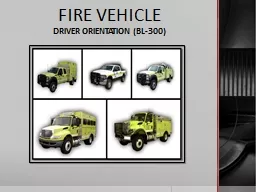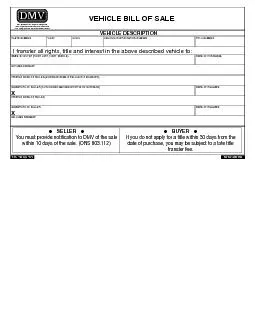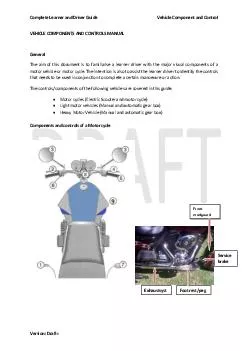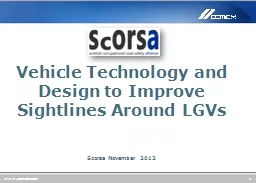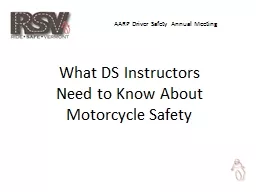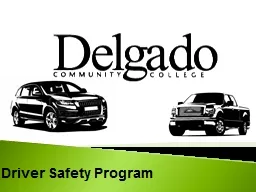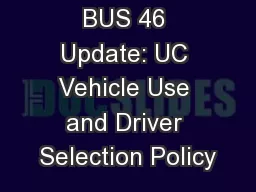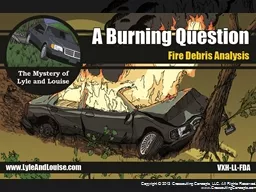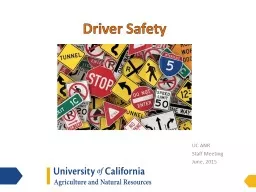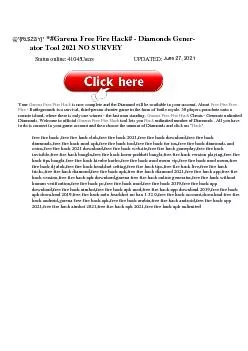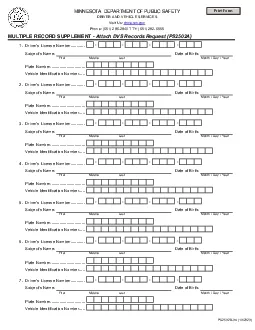PPT-FIRE VEHICLE DRIVER ORIENTATION (
Author : olivia-moreira | Published Date : 2018-09-17
BL300 Understand BLM policies and regulations related to driving government engine Perform a driver walkaround inspection and engine startup Perform a vehicle pretrip
Presentation Embed Code
Download Presentation
Download Presentation The PPT/PDF document "FIRE VEHICLE DRIVER ORIENTATION (" is the property of its rightful owner. Permission is granted to download and print the materials on this website for personal, non-commercial use only, and to display it on your personal computer provided you do not modify the materials and that you retain all copyright notices contained in the materials. By downloading content from our website, you accept the terms of this agreement.
FIRE VEHICLE DRIVER ORIENTATION (: Transcript
Download Rules Of Document
"FIRE VEHICLE DRIVER ORIENTATION ("The content belongs to its owner. You may download and print it for personal use, without modification, and keep all copyright notices. By downloading, you agree to these terms.
Related Documents

